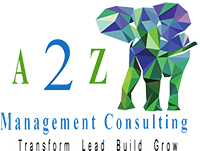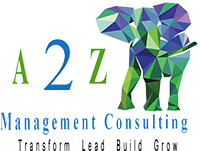Keyword research is a crucial BHS Links element of any successful SEO strategy. It involves identifying and analyzing the search terms that people use on search engines to find information related to your business or industry. This process helps in driving more organic traffic to your site and improving your visibility on search engine results pages.
Like, it’s never been more relevant with the rise of AI-generated slop and the rise of AI search with ChatGPT and Perplexity. But, the most important thing to consider is whether your content is valuable and relevant to your intended audience. And, create effective content that your visitors will find valuable. One of the most popular ways to build off-page SEO is through backlinks. Though you don’t have direct control over these off-page factors, there are ways for you to improve your chances of having these factors work out in your favor.
What Is SEO Marketing? + How to Improve Your SEO
The only way to rank higher with SEO is to ensure you’re satisfying the search engine’s requirements. Compelling page descriptions encourage users to visit your website. These elements affect your search visibility and click-through rates even though users can’t see them directly on your pages.
What Is SEO and Why is it Important?
- For example, let’s say you rank your site on the first page of Google for the keyword “how to start a website”.
- With the Professional’s Guide to SEO, you’ll discover how to rank in a SERP saturated with the most authoritative websites.
- The LinkedIn algorithm gives significant weight to your activity on the platform.
- For the sake of finding keywords, we want to focus on the “Text & Phrases” section.
- In addition to salaries, you’ll also need to budget for tools, software, and ongoing education.
- Since website SEO improves the user experience, it can also lead to better engagement and conversion rates, plus increased traffic from other sources—not just search engines.
These tags appear in the HTML document containing instructions for rendering a web page and do not appear to users as they browse it. Some types of meta tags (like title tags) might appear on the search engine results page (SERP), though. To add or edit them in your content management system (CMS), simply look for the corresponding fields and enter the appropriate meta information. For example, in Shopify, go to a product page and scroll to the “Search engine listing preview” and make changes as desired.
Get Exclusive Marketing Tips!
It’s natural to add links to old blog posts in your new blog posts, but you should also go back into old blog posts and add in links to new posts. In other words, SEO works like a complex feedback system—to surface the most accurate, trustworthy, and relevant results for any given search using input from you, Google, and searchers. Your role is to produce content that satisfies Google’s experience, expertise, authority, and trust requirements (E-E-A-T), which satisfy its searchers’ requirements. Since content is the biggest driver for search traffic, identify one page or post on your site that you’d like to optimize throughout this course. This will be your practice content for applying the SEO concepts you learn, which you can then apply to the rest of the pages on your site.

